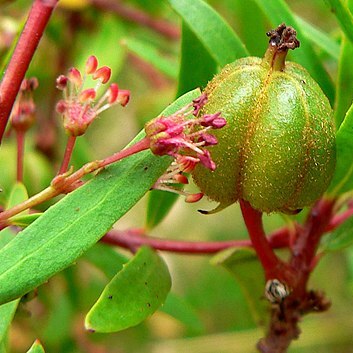Trees, shrubs and subshrubs, with coloured latex absent. Indumentum simple, eglandular. Leaves alternate, opposite or verticillate, stipulate; lamina simple or palmate, entire or marginally toothed, foliar glands absent. Inflorescences axillary, racemiform, spiciform, paniculate, glomerulate, or with flowers sometimes solitary; bracts eglandular. Staminate flowers with sepals imbricate, free; petals absent, disc present or absent; stamens 2–60, with filaments free or rarely united; pollen grains brevicolporate or porate; pistillode present or absent. Pistillate flowers with sepals imbricate, free; petals absent; disc present or absent; ovary 2–5-locular; ovules 2 per locule, anatropous, epitropous or hemitropous; styles free except at base, entire or stigmatoid, rarely bifid or trifid. Fruit dehiscent capsular, rarely drupaceous; seeds ecarunculate or carunculate, with endosperm present.

